The second quarter of 2025 proved to be a remarkable period for financial markets, marked by both significant volatility and, ultimately, a resilient climb to new highs for major equity indices. While the quarter began with considerable apprehension, particularly concerning trade policy, a shift in sentiment and underlying economic strength allowed markets to rebound robustly.
General Market Performance and Key Events:
The quarter kicked off in April with considerable unease stemming from renewed trade policy actions. The US administration's announcement of new "Liberation Day" tariffs on certain imports initially sent shivers through the market, with concerns about their potential impact on corporate earnings and global supply chains. This led to a sharp, albeit brief, downturn in equity markets.
However, as the quarter progressed, these anxieties began to subside. Economic data, particularly from the US, remained surprisingly robust, showing resilience despite the trade friction. Corporate earnings, while subject to some revisions due to tariff uncertainties, largely met or exceeded expectations, demonstrating the adaptability of many businesses.
Regarding central bank actions, the Federal Reserve maintained a cautious but increasingly dovish stance throughout Q2. While they held interest rates steady, their communications strongly hinted at potential rate cuts in the latter half of the year, contingent on inflation continuing its downward trajectory and economic growth moderating slightly. This expectation provided a significant tailwind for markets, as lower interest rates generally improve the outlook for corporate profitability and make equities more attractive. Similarly, the European Central Bank (ECB) continued its delicate balancing act, navigating persistent, albeit easing, inflationary pressures while attempting to support a somewhat subdued economic recovery across the Eurozone. Their commentary also leaned towards a more accommodative stance, aligning with the global trend. In Japan, the Bank of Japan (BOJ) maintained its ultra-loose monetary policy, continuing to grapple with low inflation and tepid economic growth, providing ample liquidity to their domestic markets.
On the fiscal policy front, discussions around a new tax bill in the US gained significant traction. While the specifics are still being ironed out, the prospect of a completed bill, potentially offering some clarity and incentives, added to market optimism later in the quarter. This fiscal development, combined with the shifting monetary policy outlook, helped to calm investor nerves.
Equity Market Performance:
Despite the initial April jitters, the equity markets demonstrated remarkable resilience. The S&P 500 surged impressively, gaining approximately 10.6% for the quarter and a mind blowing 24.5% from the lows of the tariff panic set on April 8, closing at an all-time high. This strong performance was a testament to the market's ability to digest initial negative news and policy uncertainty, focusing instead on improving fundamentals and the prospect of a more favorable interest rate environment. The Nasdaq Composite, heavily weighted towards technology, outperformed once again, soaring by roughly 17.8% over the quarter. This was fueled by a continued rebound in the "AI trade" and strong earnings from many large-cap tech companies, which proved their resilience even amidst trade policy discussions. The Dow Jones Industrial Average also posted solid gains, climbing around 5% for the quarter, reflecting a broader market recovery.
It's important to remember that such volatility, even with a positive outcome, underscores the importance of a broadly diversified portfolio. While certain sectors or individual stocks may experience dramatic swings, a well-allocated portfolio is designed to weather these periods and capture overall market growth over the long term.
Bond Market Performance:
The bond market experienced its own set of dynamics during Q2. Early in the quarter, as tariff concerns heightened, there was a flight to safety, which typically benefits government bonds. However, as trade tensions eased and expectations for Federal Reserve rate cuts solidified, bond yields generally saw some downward pressure. The 10-year Treasury yield, after an initial rise due to trade concerns, ended the quarter lower than its peak in April, reflecting the market's anticipation of future rate cuts. This environment generally supported bond prices, and investment-grade corporate bonds performed well, offering a crucial diversifier to equity portfolios during periods of uncertainty. The market remains confident in strength of corporate balance sheets as evidenced by investment grade and high yield credit spreads to US Treasuries remaining very low.
Commodities:
Major commodities presented a mixed picture during Q2. Gold, often seen as a safe-haven asset, continued its remarkable rally, capping an incredible first half of 2025. After an initial surge to a record $3,500 in April due to geopolitical tensions and trade uncertainty, the metal spent much of the rest of the quarter consolidating gains, remaining near record highs. Gold's performance was also underpinned by relentless central bank buying, as institutions worldwide continued to diversify their reserves away from the dollar. The average gold price for Q2 2025 was an astounding $3,284 per ounce, a 41% year-over-year increase.
Oil prices also registered moderate gains through the first half of 2025, although with considerable volatility. Brent crude and West Texas Intermediate (WTI) both saw fluctuations. After initial declines early in the quarter as concerns over a trade war and energy tariffs subsided, prices were able to rally through the rest of May and June. Brent crude ended the quarter in the $78.42 range, with WTI around $77.19. The overall narrative in the oil market continues to be a balance between geopolitical strife providing upward pressure and projections of supply potentially outpacing demand in the medium term.
Looking Ahead:
As we move into the second half of 2025, the outlook appears increasingly hopeful. The market is anticipating a likely interest rate cut from the Federal Reserve, which should further support economic activity and corporate earnings. The progress on the new tax bill is expected to provide greater certainty and potentially stimulate investment. Furthermore, as tariff negotiations continue to evolve into actual trade deals, resulting in a further reduction in uncertainty, allowing companies to adapt more effectively and foster greater stability in global commerce. While the market will undoubtedly present new challenges and opportunities, we remain confident that our disciplined approach, focused on diversification and long-term goals, is the most prudent path to achieving your financial objectives.
